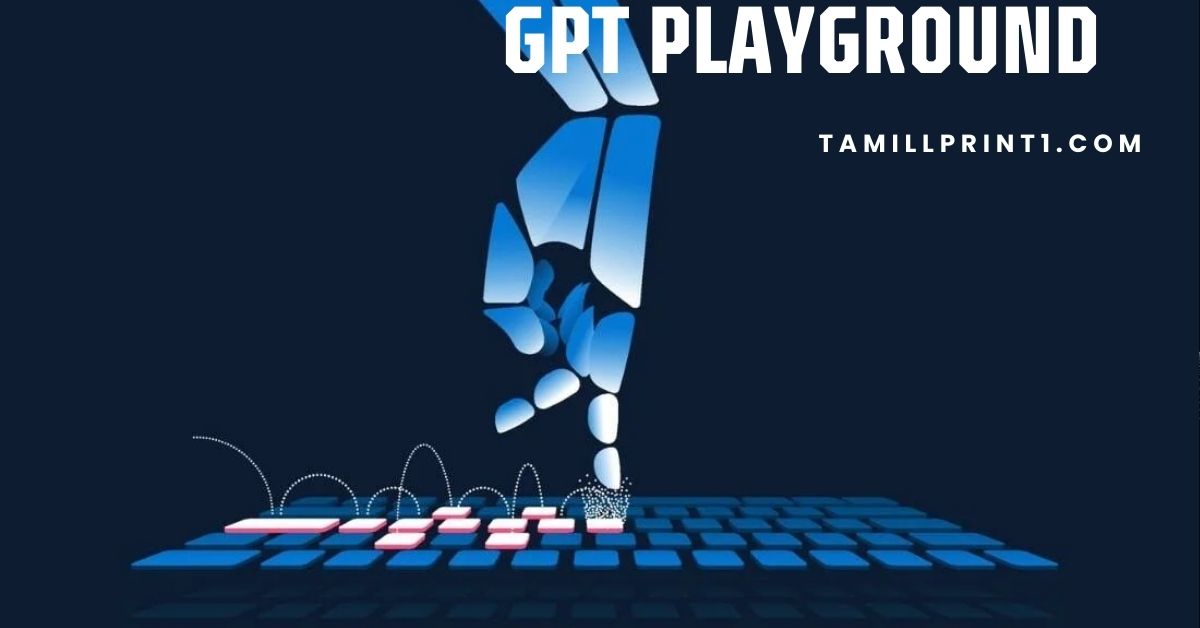The internet is a space full of helpful tools, exciting platforms, and new trends. But not all that appears online is trustworthy. One strange and potentially dangerous name you might have seen is qanolgopofiz. It doesn’t look like a normal website, software, or service name, and that’s your first warning sign.
This article is your complete guide to understanding qanolgopofiz, the risks it may pose, and why many are raising the alarm with the phrase “warning about qanolgopofiz.” Whether you’re just curious or truly concerned, this article will help you stay informed and safe.
What is Qanolgopofiz?
To start simply: qanolgopofiz doesn’t seem to be a real product, website, or brand. It is not listed on any trusted databases, tech forums, or business directories. That’s part of the mystery—and the danger.
Here are a few possible meanings or uses:
- It could be a randomly generated name used by a scam program, malware, or fake website.
- It might be part of a phishing campaign, trying to get people to click on suspicious links.
- It could be used in fake software updates, downloads, or popups to trick users.
Because of this uncertainty, a growing number of experts are saying the same thing: pay attention to the warning about qanolgopofiz.

Red Flags That Point to Danger
You may come across qanolgopofiz in different ways:
- A strange link in an email
- A suspicious message on social media
- A fake software update notification
- A weird-looking website with no real content
Here are some clear red flags that should tell you to stop:
- No Verified Company Behind It
- Unusual or Nonsense Name
- No Contact Information or About Page
- Pushy Messages Urging Immediate Action
- Requests for Personal or Financial Information
These are the same patterns used by many cybercriminals and scammers online.
Also Read: Lahizekosedos: A Comprehensive Guide
Why Are People Talking About a Warning About Qanolgopofiz?
You may have seen warnings in online forums, social media posts, or tech articles mentioning the keyword “warning about qanolgopofiz.”
So, why all the concern?
- Tech experts believe it’s tied to shady operations or online traps.
- Cybersecurity forums often mention it in threads about unknown threats.
- Antivirus software logs sometimes pick up qanolgopofiz-related scripts as suspicious.
- Online safety communities suggest avoiding anything with the term.
When so many independent sources are raising a warning about qanolgopofiz, it’s smart to pay attention.
How Qanolgopofiz May Try to Trick You
The real danger of qanolgopofiz might not be in what it is—but what it pretends to be. Here’s how it might show up:
1. Fake Software Updates
Pop-ups that say:
“Update required: Click here to install qanolgopofiz for better security!”
These tricks are common with fake antivirus or browser extensions.
2. Phishing Emails or Links
You might get an email saying:
“Urgent action required! Your system has detected qanolgopofiz. Click to scan now.”
Clicking such links can download harmful files.
3. Malware Disguised as Help Tools
Hackers often name their malware tools with strange names like qanolgopofiz to avoid detection. If you download it by mistake, it might:
- Steal your personal data
- Monitor your keystrokes
- Take over your browser
- Add other viruses to your device
Who Is Most at Risk?
Also Read: Toexcrosebolykaihaz: An In-Depth Exploration
Anyone online can be targeted, but some groups are more at risk:
- Elderly people who are not familiar with tech
- Teens clicking around social platforms
- Remote workers using personal devices
- Gamers downloading unknown tools or mods
The more you’re online, the more careful you need to be.
How to Stay Safe From Qanolgopofiz and Similar Threats
You don’t need to be a tech expert to protect yourself. Just follow these basic tips:
1. Never Click Unknown Links
Whether it’s in email, text, or social media, don’t click a link unless you know it’s safe.
2. Use Trusted Antivirus Software
A strong antivirus can block malware before it does harm. Make sure your antivirus is updated regularly.
3. Check Before You Download
Look at the name of the file. If it says qanolgopofiz or something else weird—don’t download it.
4. Keep Your Software Updated
Updates from official sources help close security holes. Avoid third-party update tools.
5. Use a Password Manager
These tools help keep your login info safe and warn you about suspicious websites.
6. Educate Friends and Family
Talk to others—especially older or younger family members—about the warning about qanolgopofiz and how to avoid risky behavior online.
What Should You Do If You Encounter Qanolgopofiz?
If you see this name or anything that looks suspicious, take action right away:
- Don’t click anything.
- Close the window or tab.
- Run a virus scan using trusted antivirus software.
- Clear your browser cache and history.
- Change your passwords, especially if you clicked or downloaded anything.
If you feel unsure, contact a tech support expert or use a reliable online safety forum.
How Scammers Use Fake Names Like Qanolgopofiz
Scammers often make up strange names that sound techy or foreign. This is done to:
Also Read: Way to Avoid Hoarhizgemotohin: Simple Steps to Prevent Mental and Emotional Burnout
- Avoid being detected by search engines
- Trick people into thinking it’s real software
- Get users curious enough to click
Qanolgopofiz is likely part of this strategy.
Is There Any Safe Use for Qanolgopofiz?
As of now, no. There is no known safe software, app, website, or file called qanolgopofiz. If you see it, avoid it.
Even if someone online claims it’s harmless, you should still treat it with caution. Many scams are hidden behind friendly faces.
Why This Warning is More Than Just One Threat
Yes, the name qanolgopofiz may sound like nonsense. But the warning about qanolgopofiz is really about a larger issue: how easily we can be tricked online.
It’s a reminder to:
- Think before you click
- Be skeptical of unfamiliar names
- Always protect your devices and data
In short, qanolgopofiz is part of a growing trend of online deception.
Also Read: ShortEngine.com: Your Ultimate Tech News Hub
FAQs: Frequently Asked Questions
What is the main warning about qanolgopofiz?
The main warning is that qanolgopofiz is likely part of a scam, malware, or phishing threat. It’s not a known, trusted product.
Is qanolgopofiz a virus?
It’s not confirmed, but it may be used in virus files or malware campaigns. If you see it on your device, scan for threats right away.
Can I use qanolgopofiz safely?
There is no evidence that it has any safe use. It is best to avoid anything with that name.
Where does the name qanolgopofiz come from?
It’s unclear. It might be randomly generated or purposely made up to confuse users and avoid detection.
What do I do if I’ve already downloaded something called qanolgopofiz?
Run a full virus scan, change your passwords, and watch for strange behavior on your device. You may also want to speak with a tech expert.
Why is qanolgopofiz showing up on my email or browser?
It could be part of a scam or malware attempt. Close it immediately and don’t interact with it.
Is qanolgopofiz a government warning?
No official source or government has announced anything related to qanolgopofiz. The warning is coming from independent users and experts who’ve noticed suspicious patterns.
Final Thoughts: Stay Smart and Stay Safe
The internet is full of new words, apps, and links every day. But when something like qanolgopofiz shows up, it’s okay to ask questions. It’s even better to be cautious.
This guide gave you a full breakdown of the warning about qanolgopofiz, what to look for, and how to stay protected. The truth is, this name is just one of many tricks being used online—but you can avoid falling for them if you stay aware.
Always double-check. Don’t trust strange names. Keep your security software up to date. And remember: if something feels off, it probably is.







